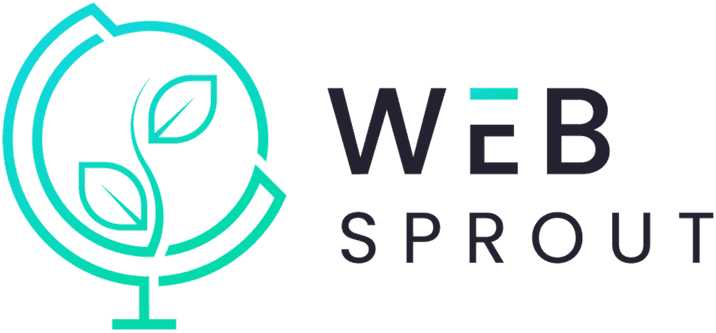In the ever-evolving landscape of digital marketing, staying ahead of the curve is crucial for success. One strategy that has proven to be a game-changer, especially in the health and wellness sector, is the utilization of video ads. As attention spans decrease and visual content becomes more dominant, incorporating compelling videos into your marketing arsenal can significantly enhance your brand presence and engage your audience effectively.
The Impact of Video on Health and Wellness Marketing:
Visual Appeal and Emotional Connection:
Video ads have the unique ability to evoke emotions and create a strong connection with the audience. In the health and wellness sector, where building trust and establishing a personal connection is paramount, videos can showcase real stories, testimonials, and the human side of your brand.
Educational Value:
Health-conscious consumers actively seek information about well-being. Video ads provide an excellent platform to deliver educational content, whether it’s demonstrating exercise routines, explaining nutritional benefits, or offering tips for a healthier lifestyle. Engaging and informative videos position your brand as an authority in the industry.
Demonstration of Products and Services:
Health and wellness products often require a demonstration to highlight their effectiveness. Video ads can showcase how a service works, its benefits, and the results users can expect. This visual representation helps potential customers understand the value of your offerings, fostering trust in your brand.
Social Media Amplification:
With the prevalence of social media platforms, video content is more shareable and likely to go viral. Utilizing platforms like Facebook and Instagram for video ads in the health and wellness sector can exponentially increase your reach. Users are more likely to share content that resonates with them, creating a ripple effect across online communities.
Search Engine Optimization (SEO) Benefits:
Google prioritizes pages with engaging, relevant, and diverse content. Embedding video content in your blog articles can improve your website’s SEO. Google’s algorithms recognize multimedia elements, providing a boost to your search rankings. Additionally, video content often leads to increased time spent on your site, signaling to search engines that your content is valuable.
Best Practices for Creating Effective Video Ads:
Keep it Concise:
Attention spans are short, so keep your videos concise and to the point. Aim for engaging content within the first few seconds to capture your audience’s interest.
Optimize for Mobile:
Given the rise of mobile usage, ensure that your videos are mobile-friendly. This includes using legible text, high-quality visuals, and appropriate dimensions for various platforms.
Tell Compelling Stories:
Share authentic stories that resonate with your target audience. Whether it’s a success story, a transformation, or a behind-the-scenes look at your brand, storytelling adds a human touch to your marketing efforts.
Include a Call to Action (CTA):
Every video should guide viewers on the next steps. Whether it’s visiting your website, signing up for a newsletter, or making a purchase, a clear and compelling CTA is essential for driving conversions.
As the digital marketing landscape continues to evolve, incorporating video ads into your health and wellness marketing strategy is not just an option—it’s a necessity. From building emotional connections to boosting SEO rankings, the power of video extends far beyond traditional advertising methods. Embrace this dynamic medium to captivate your audience, showcase your brand’s authenticity, and ultimately drive success in the competitive health and wellness industry.





